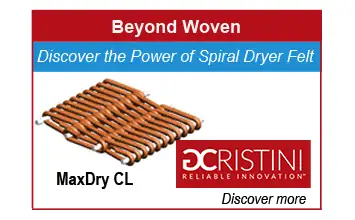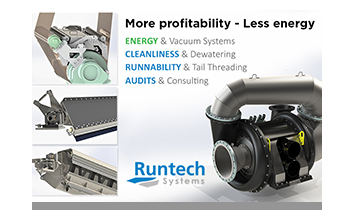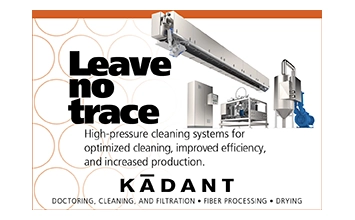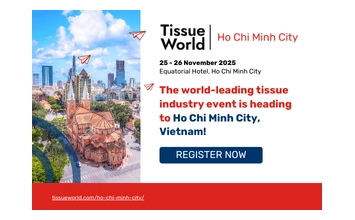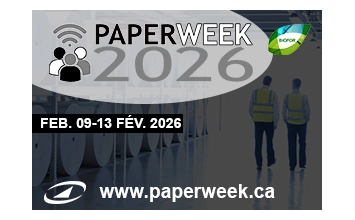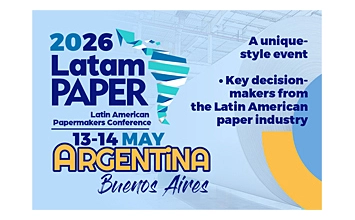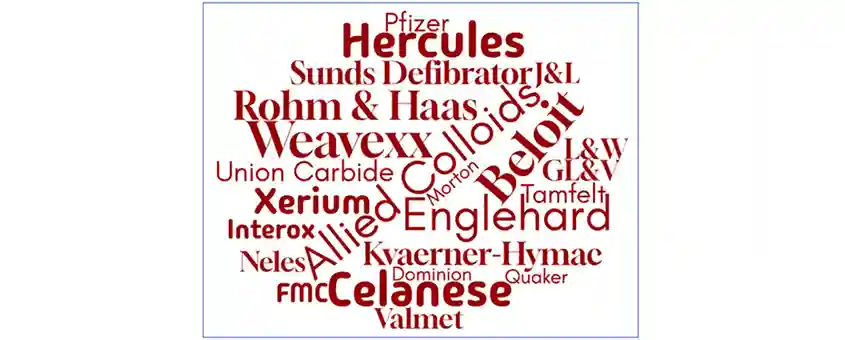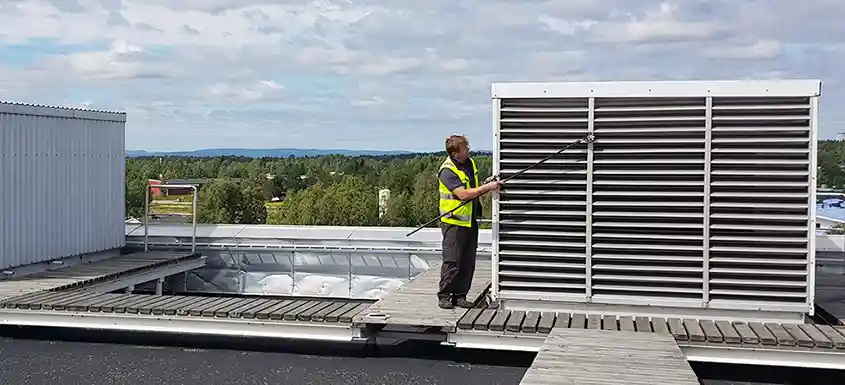In the early 1960s, Toscotec pioneered the production of steel dryer cans (TT SteelDryers) building the foundation that has allowed it to become the major supplier of steel dryers and TT SYD Steel Yankee Dryers today.
The initial concept was to produce a tailor-made dryer cylinder that was lighter, more efficient and safer than cast iron. This led to the development of the tailor-made steel dryer can. From the beginning, all TT SteelDryers have been produced in Italy at Toscotec headquarters.
Since the initial development, continuous effort has been put into research and development of pressure vessels and much experience gained. A long reference list has earned Toscotec its position as the leading supplier of steel drying cylinders, MG cylinders and Yankee dryers.
Toscotec supplies TT SteelDryers and TT SYD worldwide according to ASME standards, PED directives or any other specific parameters required by the country where they are installed.
HOW IS A TT STEELDRYER MADE?
All TT SteelDryers are designed by a formula set by construction code and by FEM calculation and fatigue verification. The material used for TT SteelDryers is fine grade carbon steel manufactured according to ASME/ASTM specifications.
The main technical specification and differences between carbon steel and cast iron are listed in Table I below.
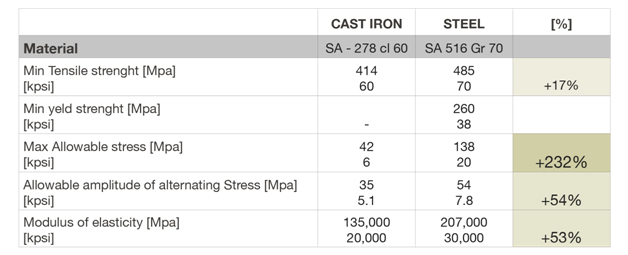
ADVANTAGES OF STEEL DRYER VS CAST IRON
1: Higher heat exchange
The heat exchange between steam inside the dryer and paper sheet through the shell can be simplified by the formula:

Where:
Hv : liquid ring conductance
s : shell thickness
k : shell conductivity
Hm : shell-paper conductance
c : paper sheet thickness
kc : sheet conductivity
Assuming that the liquid ring conductance and thickness, shell-paper conductance, paper sheet thickness and sheet conductivity are constant, the main factors that affect the global heat exchange coefficient are the shell thickness "s" and also the shell conductivity "k".
Given the higher strength and allowable stress of carbon steel compared with cast iron, the steel dryer shell thickness "s" can be reduced.
Further, the shell conductivity “k” for steel is about 4-6% more than for cast iron.
Therefore, the ratio s:k is reduced and, seeing that it is a denominator of the heat exchange formula, the value of the global heat exchange “U” consequently increases.
Compared with a cast iron dryer, a steel dryer can achieve a global heat exchange increase of approximately 15-20% given a dryer diameter, face length and condensate removal system type.
Figure 1 shows the drying rate vs steam pressure (red line cast iron, grey line carbon steel). It is clearly seen that for a medium exercise steam pressure (5 Barg or 72 psi) a drying rate increase of 7-8% can be achieved.
As well, if the MAWP of 10 Barg or 145 psi for a steel dryer is considered, a drying rate increase of 9-11% can be achieved.
The total drying rate increase from medium pressure to MAWP can reach 25 to 30%.
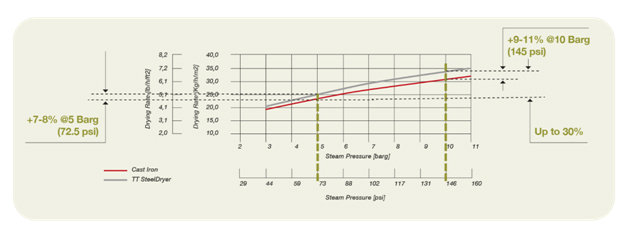
Figure 2 shows the typical energy distribution in a paper machine: 13-15% in the wire section, 20% in the press section and 60-66% in the drying section.
This means that increasing the dryer can heat exchange and, thus, the efficiency, will have a large effect on the entire paper machine’s energy requirements.
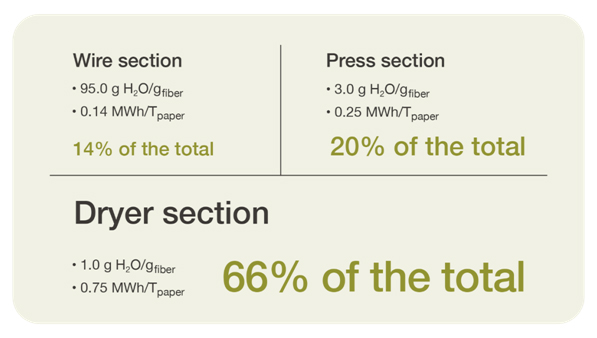
2: Shorter drying section
Another advantage of a steel dryer is that it allows the opportunity to reduce the space requirements of the dryer section by up to 15%, Figure 3.

3: Shorter face length or higher paper sheet drying
The steel dryer and cast iron edge geometries are shown in Figure 4. The head geometry and encumbrance (T) is less for a steel dryer. Therefore, it is possible to dry a wider paper sheet with the same face length, or, to install a narrower steel dryer can per a given paper trim width.
Further, due to the uniformity of steel shell geometry, the dryness is uniform across the entire width of the shell, thus avoiding eventual high moisture problems on the web’s edges.
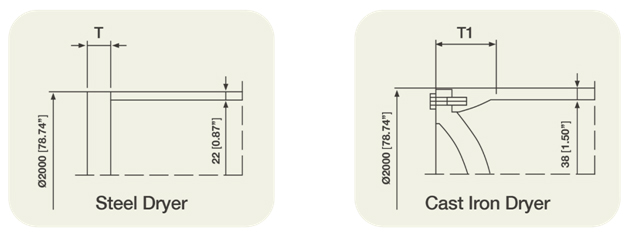
4: Tailor made size
Finally, thanks to flexibility in the manufacturing process (no casting, no casting mould), Toscotec can achieve a very flexible size (diameter and length) for steel dryer cans according to customer needs.
Diameter range: 700-2,500 mm (27.6-100 in.)
Shell width: up to 10,000 mm (394 in.)
MAWP: 15 Barg (217 psi).
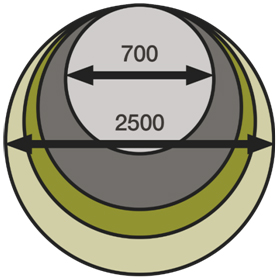
SUMMARY OF TT STEELDRYER BENEFITS
- Higher drying rate driven by lower shell thickness due to higher material allowable stress;
- Allows paper production increase or energy savings;
- Increased paper sheet width for a given center bearing;
- Improved CD moisture profile;
- Shorter dryness section length and reduced static and dynamic load;
- Reduced risk of steam leaks (welded heads, not bolted);
- Easier to repair compared with cast iron;
- Better metal covering (Teflon, metal spray, chromium) due to no porous surface;
- No porosity issue and no pins in the shell;
- Faster reaction time in paper machine during pressurization or production variations.
About the Author
Simone Pieruccini,
Pressure Vessel Technical Manager,
Toscotec
About Toscotec
Since its foundation in 1948, Toscotec specializes in the design and manufacture of turnkey projects, complete machines, rebuilds and single equipment for the tissue and paper & board industries. Headquartered in Lucca, Italy, with offices and service centres in China and North America, Toscotec provides leading edge technology and customized solutions to paper producers around the world. www.toscotec.com






